3-Day Itinerary: Source of the Nile Seasonal Guide for Photographers
A Journey Where Water Meets Wonder
Few destinations in Africa stir the imagination quite like the Source of the Nile in Jinja, Uganda. It is here that Lake Victoria releases its waters to form the longest river in the world, a river whose history, legends, and lifeblood have shaped entire civilizations. To stand at this symbolic origin is to connect with a story that stretches across continents, yet for the modern traveler — and especially for photographers — the Source of the Nile offers far more than historical significance. It is a living, breathing landscape of water, wildlife, and culture that changes its moods with every season.
Photography thrives in such diversity. The Nile at Jinja is not static but dynamic: its light shifts with the hour, its colors change with the season, and its subjects range from birds in mid-flight to fishermen at dawn. For the photographer seeking a three-day immersion, the Source of the Nile offers a canvas of endless possibilities. The key lies in knowing how to structure the itinerary and how to adapt to seasonal nuances that transform the river into a kaleidoscope of visual opportunities.
This guide provides a carefully curated 3-day photography itinerary that blends luxury with authenticity, framed around the seasonal rhythms of the Nile. It is written for those who wish not only to take pictures but to create narratives that reflect the essence of Uganda’s most iconic destination.
Seasons at the Source — Understanding Light and Mood
Before delving into the itinerary, one must first grasp how seasons influence the Nile. Uganda’s climate is tropical, with two main dry seasons — from December to February and June to September — and two rainy seasons — from March to May and October to November.
The dry seasons bring clear skies, golden sunlight, and easier access to trails and boat rides. For photographers, these months provide clarity, sharp contrasts, and predictable conditions ideal for capturing wide landscapes and crisp portraits. Sunsets over the river are particularly vivid, while early mornings offer mist lifting in soft layers, perfect for moody compositions.
The rainy seasons, however, reveal another face of the Nile. Clouds roll in with drama, diffused light softens details, and rain showers create reflections that transform ordinary subjects into poetic frames. While roads may be muddy and schedules less predictable, the rewards for patient photographers are immense. The interplay of storm and light often produces images more evocative than those of the dry months.
Thus, the three-day itinerary is designed with flexibility, ensuring that each season provides its own version of the Nile’s story.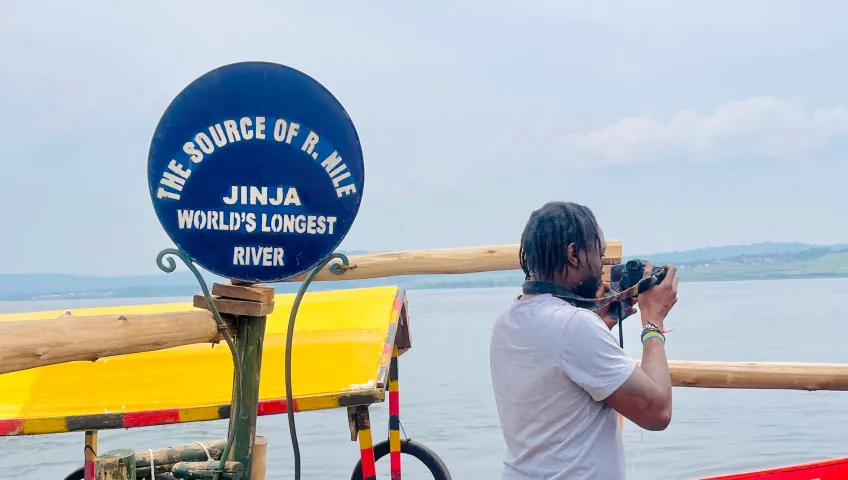
Day 1 — Dawn to Dusk with the Nile
Morning: Sunrise at the Source
The first day begins at dawn, when the Nile awakens slowly and quietly. Photographers gather at the edge of Lake Victoria, where the lake’s vast surface narrows into the beginnings of the river. The mist often lingers at this hour, softening the horizon and casting the water in ethereal tones. Fishermen preparing their canoes provide compelling foregrounds, their silhouettes etched against the pale light.
The best approach is to focus on storytelling: wide shots to capture the transition of lake to river, close-ups of hands gripping paddles, and portraits of birds perched silently on papyrus reeds. Seasonal variations determine the tone — golden hues dominate in the dry months, while soft grays and greens emerge during the rains.
Midday: Exploring the Islands
By midday, the light grows harsher, demanding different strategies. A boat excursion across the Nile’s small islands offers photographers fresh angles. Birds such as cormorants, kingfishers, and fish eagles dominate the skies, while monitor lizards sun themselves along the shores. Here, telephoto lenses become essential, enabling intimate captures without intrusion.
Lunch at a riverside eco-lodge provides respite and an opportunity for reflective photography. Even the act of dining by the Nile, with its slow-moving waters and passing boats, can yield evocative lifestyle images that balance human presence with natural beauty.
Evening: Sunset Reflections
As the day wanes, the Nile transforms once more. Sunsets at Jinja are celebrated for their brilliance, with skies shifting from orange to crimson to violet. Photographers position themselves at vantage points along the riverbank or from boats drifting quietly downstream. The silhouettes of fishermen returning home, birds gliding low over the water, and ripples catching the last light all provide endless creative opportunities.
For luxury travelers, a private sunset cruise elevates the experience. Here, photography combines indulgence with artistry, ensuring that the first day ends not only with images but with memories framed by comfort and exclusivity.
Day 2 — Wildlife, Culture, and Seasonal Moods
Morning: Birdlife in Motion
Day two begins with an emphasis on wildlife, particularly the birding opportunities that make Jinja one of Uganda’s most rewarding avian destinations. Early starts allow photographers to capture the activity of species such as the pied kingfisher diving for fish, the great blue turaco gliding across the canopy, or the African fish eagle swooping with regal precision.
Seasonality again plays a role. During rainy months, migratory species enrich the diversity, while in dry seasons, clarity and predictability enhance the precision of action shots. Patience and quiet observation yield rewards, turning every wingbeat into a frozen story.
Midday: Cultural Encounters
Photography is not limited to nature alone. By midday, attention shifts to Jinja’s cultural fabric. Visits to local markets reveal colors, textures, and expressions that tell stories of daily life. Stalls laden with fruits, spices, and crafts create vibrant compositions, while portraits of traders highlight human resilience and hospitality.
Children playing along the riverbanks, fishermen mending their nets, or women carrying baskets balanced with grace all become subjects of cultural storytelling. Respect and consent guide every shot, ensuring that photography becomes a bridge rather than a barrier.
Evening: Drama of Seasonal Storms
For those visiting during rainy months, evenings often bring dramatic storms. Clouds gather with intensity, lightning illuminates the horizon, and rain creates rippling reflections across the Nile. For photographers, these moments provide some of the most evocative images of the trip.
In dry seasons, evenings lean toward serenity, with calm waters and softer skies. Long exposures at this time capture the slow movement of the river, creating dreamlike images that contrast with the drama of previous hours.
Day 3 — Expanding Horizons
Morning: Adventure Photography
The third day brings the chance to capture Jinja’s identity as Uganda’s adventure capital. White-water rafting, kayaking, and bungee jumping create dynamic opportunities for photographers who wish to showcase motion, energy, and human courage against the backdrop of the Nile.
Here, safety must guide every frame. Professional operators provide secure platforms for photographers to capture rafters plunging into rapids, kayakers navigating currents, or jumpers in mid-flight against wide skies. Even as a spectator, the photographer becomes part of the drama, using the lens to freeze moments of exhilaration.
Midday: Quiet Reflections
After the intensity of adventure, midday offers a shift toward quiet reflection. Gentle canoe rides through calmer waters allow for contemplative compositions. Macro photography thrives here, focusing on dragonflies, water lilies, or droplets of water catching sunlight.
The slower pace suits long-stay travelers who wish to balance their portfolios with images of serenity alongside action. In rainy seasons, these hours may be punctuated by showers, turning leaves and flowers into glistening subjects of delicate beauty.
Evening: Farewell to the Nile
The itinerary concludes with a final evening at the river. Photographers return to favorite spots or seek new angles, aware that every sunset is unique. The farewell is not only visual but emotional, as the Nile leaves its imprint not only on memory cards but on the spirit.
For those who have engaged deeply, the images captured across three days are not random but narrative — a story of dawns, days, and dusks shaped by the seasonal moods of the Source of the Nile.
Luxury in Photography — Beyond the Lens
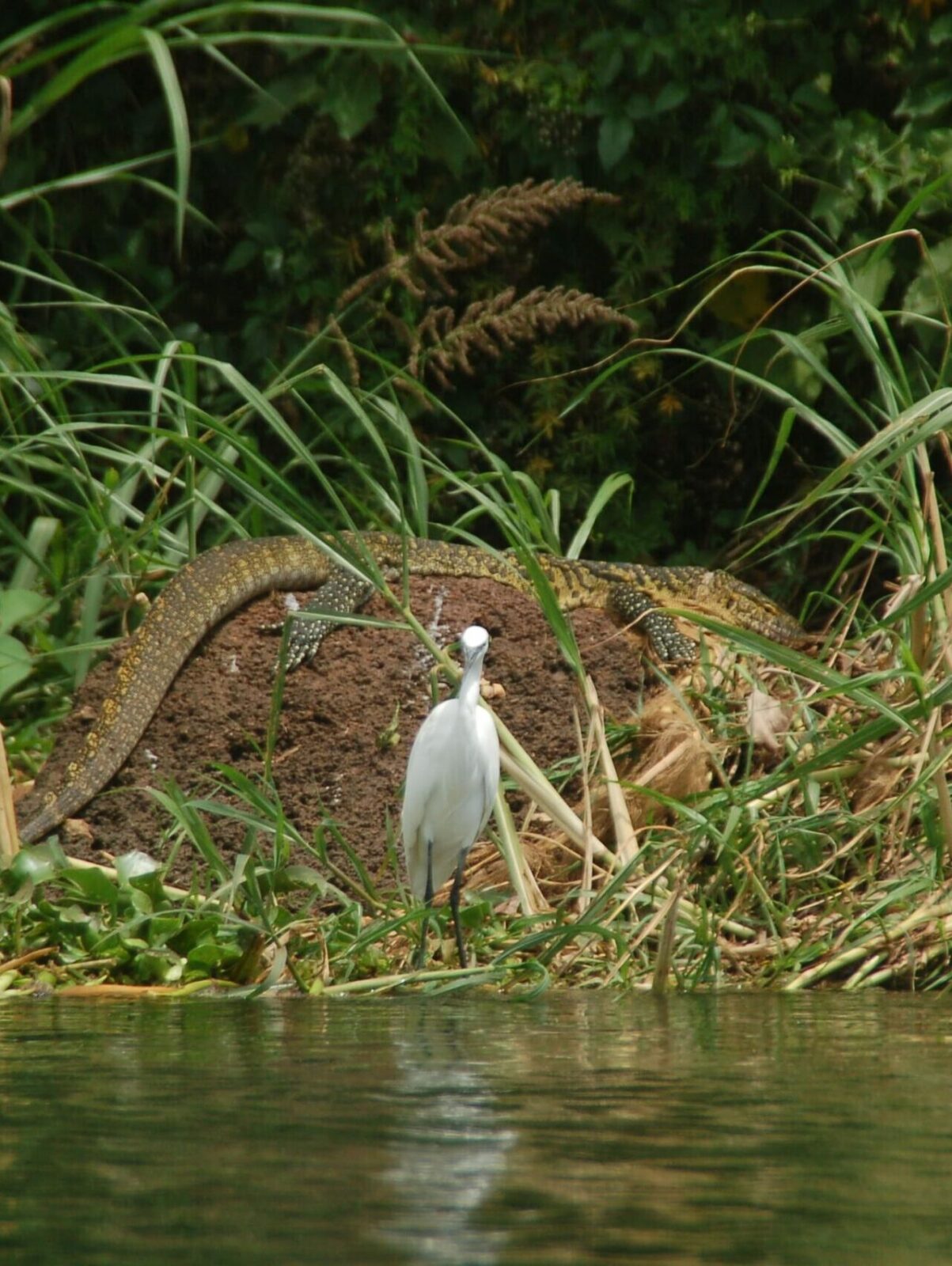 For photographers, luxury lies not only in indulgence but in the conditions that allow creativity to flourish. At the Source of the Nile, eco-lodges and luxury retreats provide sanctuaries where equipment can be recharged, portfolios reviewed, and bodies restored. Spas overlooking the water, gourmet meals crafted from local produce, and private viewing decks enhance the journey, ensuring that artistry is supported by comfort.
For photographers, luxury lies not only in indulgence but in the conditions that allow creativity to flourish. At the Source of the Nile, eco-lodges and luxury retreats provide sanctuaries where equipment can be recharged, portfolios reviewed, and bodies restored. Spas overlooking the water, gourmet meals crafted from local produce, and private viewing decks enhance the journey, ensuring that artistry is supported by comfort.
For long-stay photographers, such sanctuaries also provide stability, allowing them to revisit locations across seasons, to wait for perfect light, and to build deeper connections with the landscapes and communities they document. Luxury here is not excess but freedom — the freedom to create without constraint.
Conservation and Responsibility in Photography
The Source of the Nile is more than a subject; it is a living ecosystem that demands respect. Photographers must approach their craft with responsibility, ensuring that wildlife is never disturbed, local communities are treated with dignity, and the river’s fragile balance is preserved.
Seasonal challenges such as rising water levels or increased waste during peak tourism months highlight the need for eco-conscious travel. Using reusable materials, supporting community-led initiatives, and practicing ethical photography ensures that each image captured contributes not only to personal portfolios but also to collective preservation.
The Lasting Legacy of a Seasonal Itinerary
Three days at the Source of the Nile may seem brief, yet when structured thoughtfully, it becomes a lifetime of images and impressions. Seasonal variations ensure that no two trips are the same. Dry months provide clarity and vibrancy, rainy months yield drama and intimacy, and cultural rhythms infuse the journey with humanity.
For photographers, the legacy lies not only in the images created but in the awareness cultivated — an understanding that light, water, and people are all interconnected. The Nile becomes more than a backdrop; it becomes a teacher, offering lessons in patience, humility, and appreciation.
Capture the Nile with WildHorn Africa
For photographers who wish to experience the Source of the Nile in its fullest splendor, WildHorn Africa offers curated journeys designed to balance artistry with luxury. With expert guides, tailored itineraries, and exclusive access to the best vantage points, WildHorn Africa ensures that each frame reflects both authenticity and refinement.
From arranging private boat rides timed for golden hour to securing eco-lodge stays that blend sustainability with comfort, their expertise allows photographers to focus on their craft while trusting every detail of the journey to professionals. By booking with WildHorn Africa, travelers do not simply visit the Source of the Nile; they immerse themselves in its narrative, capturing its beauty across seasons in a way that is both responsible and luxurious.
In 2025 and beyond, the Nile continues to inspire adventurers and artists alike. And with WildHorn Africa, photographers discover that the greatest luxury lies not only in what is seen but in how it is experienced, framed, and remembered.

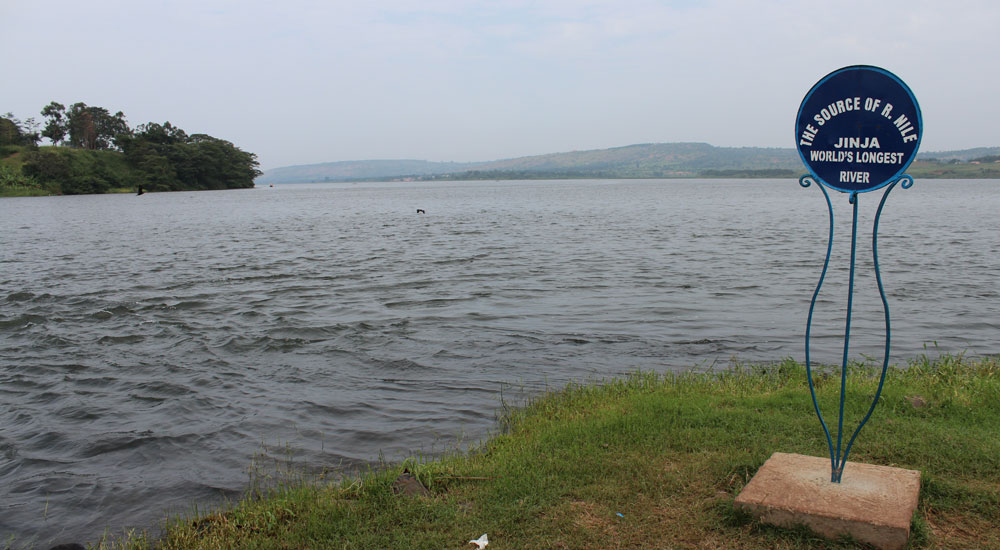
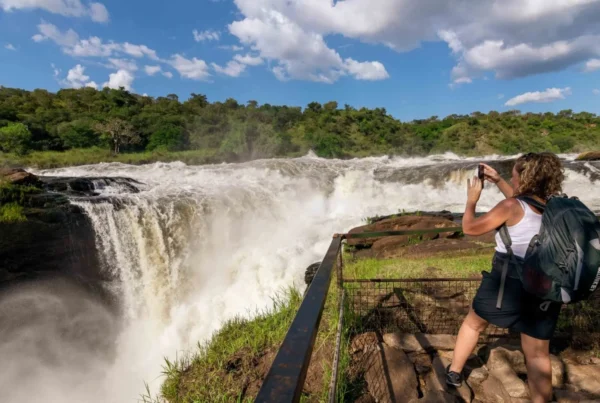

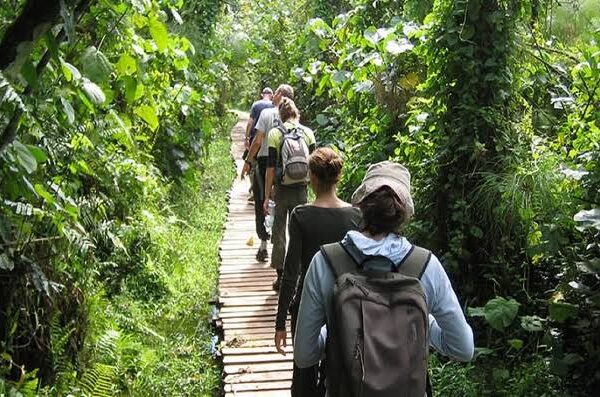
 WildHorn Africa – Authentic and unforgettable tours across Africa, guided by local experts who know the land, wildlife, and culture best.
WildHorn Africa – Authentic and unforgettable tours across Africa, guided by local experts who know the land, wildlife, and culture best.


